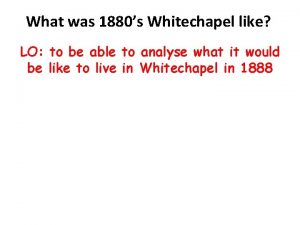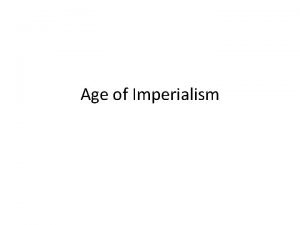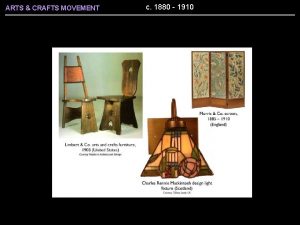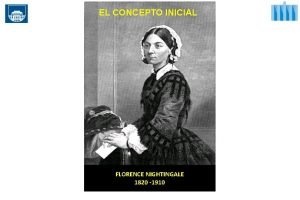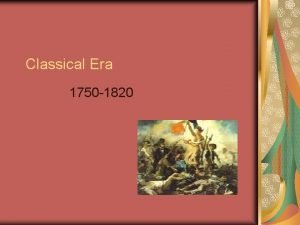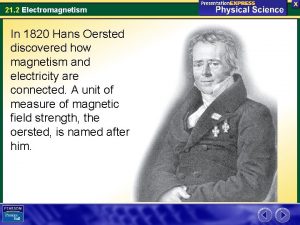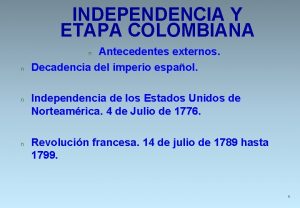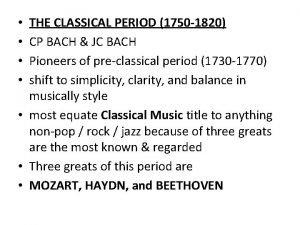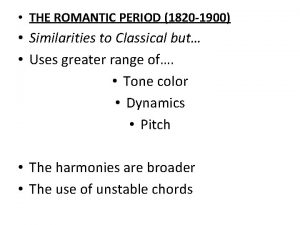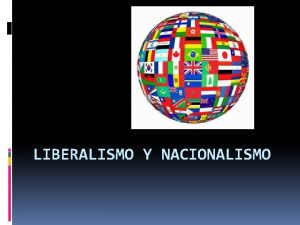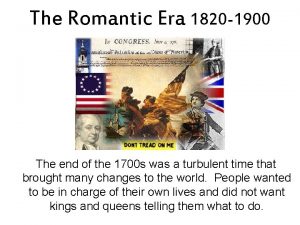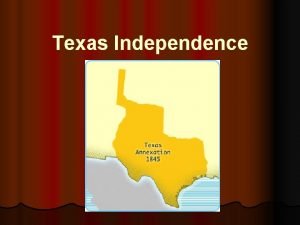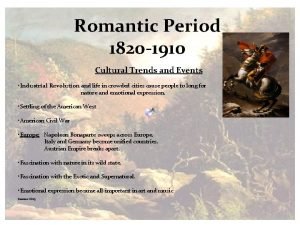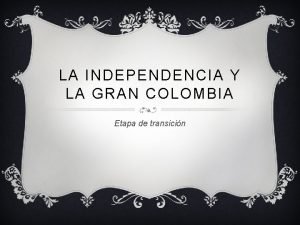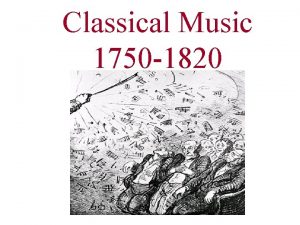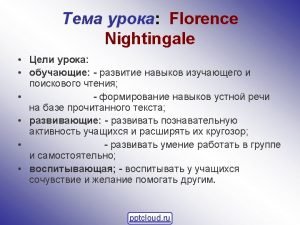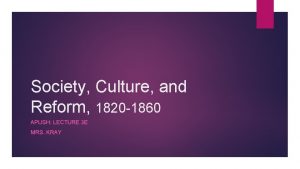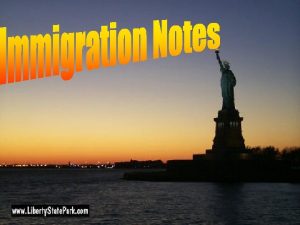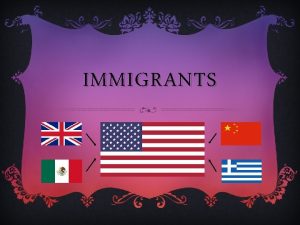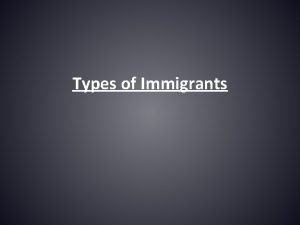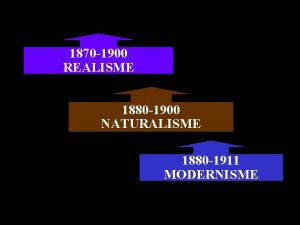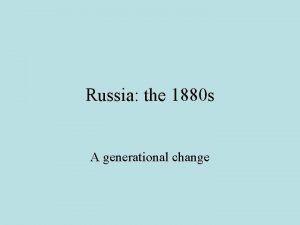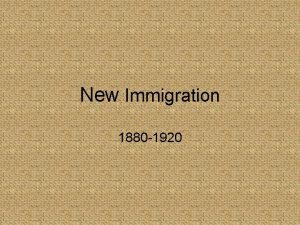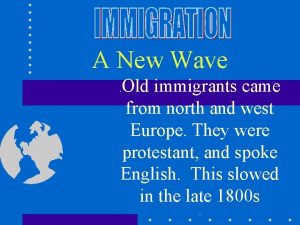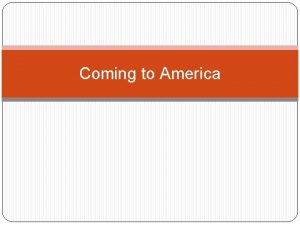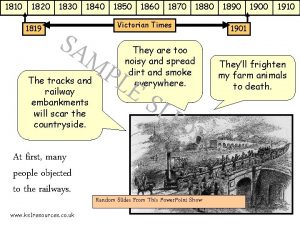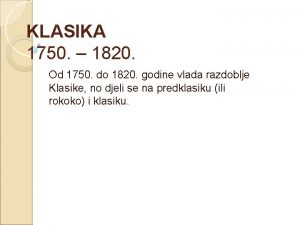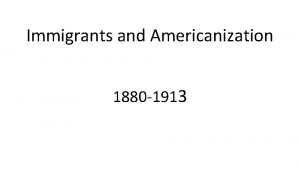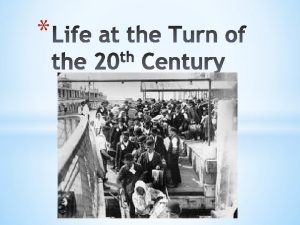Old Immigrants 1820 1880 The Old Immigrants came



































- Slides: 35

Old Immigrants (1820 -1880) • The Old Immigrants came primarily from Northwestern European countries such as Britain, Ireland Germany. • Most of religions. • As a result, the “Old Immigrants” had an easy time assimilating into American Society.

The “Melting Pot” • Cultures lose their unique qualities while blending together • Assimilation • A popular idea among 19 th-century intellectuals A “melting pot” political cartoon from the 19 th century that portrays the Irish as inassimilable

Old Immigrants (1854) • Total Immigrants (427, 833) • Germany (215, 000) • Ireland (102, 000) • Britain (59, 000) • Other (49, 000)

New Immigrants (1907) • Total 1, 285, 349 • Italy (286, 000) • Russia (259, 000) • Non

Literacy Test Act (1917) • This law required immigrants to be able to read before entering the United States. • This law was passed over President Wilson’s veto, who insisted that literacy indicated not mental ability, but merely that an immigrant had not received the opportunity to go to school.

The Emergency Quota Act of 1921 • This limited the annual number of immigrants from each nation to 3% of the foreign persons from that nation residing in the United States according to the 1910 Census. • It also set a ceiling on total immigration from outside the Western Hemisphere to 350, 000 annually.

The Immigration Act of 1924 • This law reduced immigration to 2% of the foreign-born persons from that nation residing in America, and shifted the base date to the 1890 census.

National Origin Plan of 1929 • This law permitted no more than 150, 000 immigrants from outside the Western Hemisphere to enter the U. S. annually. • It allotted each country a quota in proportion to the number of persons in the U. S. with the same nationality according to the 1920 census. • It prohibited all immigrants from Asia

Push Factors • Factors that forced immigrants to leave their native countries and emigrate to the United States. They included the following: • Declining agricultural prices drove many European farmers out of business. • Industrialization led to a collapse in the peasant economy throughout Central and Southern Europe • The desire to escape religious and political persecutions • Improvements in transportation and rapid industrialization produced unexpected disruptive changes in many European countries

Know Nothing Party (1850’s) • A secret society that had an Anti-immigrant platform (Irish and German Catholics. ) • When they were questioned about their activities they responded by saying “I don’t know. ” • This was a nativist party that argued that there was a direct relationship between increased immigration and escalating social and economic problems. • The Know Nothing to 21 years.

Pull Factors • Factors that drew immigrants from their native country to the United States. • They included religious and political freedom, the promise of economic betterment and the desire to obtain an education.

Foran Act (1885) • A federal law that prevented employers from recruiting skilled workers abroad. • Often times employers brought in skilled workers under contract and paid for their employees’ Trans-Atlantic journey. • These practices were outlawed by the Foran Act

Padrone System • The Padrone was an immigrant coordinator who supplied gangs of unskilled workers to large corporations. • He usually him a healthy profit.

Open Immigration Policy – Throughout most of the 1800’s, the U. S. government followed an open immigration policy because there was a tremendous demand for unskilled workers to work in the factories.

Old Immigrants • Came from North. Western European countries like England. • Most were white, spoke English and practiced familiar religions. • As a result, these immigrants had an easy time assimilating into American culture. I welcomed the Old Immigrants because they were willing to assimilate!

New Immigrants (18901920) • Came from South Eastern European countries and Asia (Germany, Italy, Japan and China. ) • Most of these immigrants had different physical features, did not speak English and practiced unfamiliar religions. • As a result many of these immigrants were subjected to Nativism.

Nativism • A belief that native born American citizens are superior and that all immigrants are inferior and pose a threat to U. S society. • An intense hatred of immigrants.

Know Nothings • An anti-immigrant secret society that directed nativist sentiment against Irish Roman Catholic immigrants • When members were asked about their illegal activities they responded by saying that they “know nothing. ”

Yellow Peril • An irrational fear that Asian immigrants threatened the stability of U. S. Society because of their physical and cultural differences. • The Chinese Exclusion Act (1882) and the Gentlemen’s Agreement (1907) were laws that were passed as a result of the Yellow Peril.

Chinese Exclusion Act (1882) • A federal law that prohibited Chinese immigration to the United States • This law reflected the strong nativist sentiment in the United States.

Gentlemen’s Agreement (1907) • A diplomatic agreement between President Roosevelt and the Japanese government that prohibited Japanese immigration to the United States.

Restrictive Immigration Laws of the 1920’s • Quota laws, passed during the 1920’s, that severely reduced the number of “new immigrants” arriving in the United States from Southeastern Europe and Asia.

Sacco and Vanzetti • Italian immigrants who were convicted of armed robbery and murder based on weak evidence. • Sacco and Vanzetti were eventually executed due to nativist pressures.

Red Scare • An irrational fear immediately after WWI that communists were plotting to take over the U. S. government. • As a result of the Red Scare, the Palmer Raids occurred in 1920.

Palmer Raids (1920) • A Mitchell Palmer, the Attorney General of the United States organized raids on the homes of suspected communists. • Many suspected communists were arrested and deported without due process.

Melting Pot Theory • Characteristics of immigrants from all countries will eventually blend into a single American identity. • This theory states that the ideal American citizen combines the best characteristics of many nationalities.

Americanization • The belief that immigrants should surrender their cultural identity, customs, languages and religions and assimilate into mainstream American society.

Cultural Pluralism • All cultures and languages of immigrant groups should be valued and respected. • Each ethnic group should practice their customs while also adjusting to the ways of American society.

Nativism • • • An intense hatred of immigrants. Examples: Know Nothing Party (1850’s): directed nativism at Irish immigrants Yellow Peril: fear that Asian immigrants are going to take over the U. S. Chinese Exclusion Act (1887): prohibited Chinese immigration to the U. S. Gentleman’s Agreement: (1907) prohibited Japanese immigration to the U. S. Quota Laws: Restrictive Immigration Laws of the 1920’s severely limited the number of new immigrants coming to the U. S. from Southeastern Europe and Asia Sacco and Vanzetti (1921): Italian immigrants who were executed due to Nativist pressures Red Scare (1920’s): nativism directed against suspected communists Palmer Raids (1921): Raids on the homes of suspected communists. Many were deported without due process. Go home!

Sacco and Vanzetti • Italian anarchists tried and executed for murder and theft • Trial characterized by inconclusive evidence and anti-immigrant sentiment

Emergency Quota Act • Passed in 1921 • 3% of 1910 immigrant population from each country to be allowed into the United States annually


• • • Immigration From Southern Before and After Northern and Eastern Quota Laws Western Europe and Europe Asia Average annual number of immigrants before quotas (1907– 1914) 176, 983 685, 531 Emergency Quota Act of 1921 198, 082 158, 367 Emergency Quota Act Amended 1924 140, 999 21, 847 National Origins Act of 1929 132, 323 20, 251 — Historical Statistics of the United


 Old immigrants vs new immigrants
Old immigrants vs new immigrants Irony in the rime of the ancient mariner
Irony in the rime of the ancient mariner Whitechapel 1880s
Whitechapel 1880s After 1880 european nations sought
After 1880 european nations sought Johnny's lunches is considering purchasing a new
Johnny's lunches is considering purchasing a new Arts and crafts movement 1880 to 1910
Arts and crafts movement 1880 to 1910 Kā linu druva sāka ziedēt
Kā linu druva sāka ziedēt Nihilismo terapeutico
Nihilismo terapeutico It is an era from 1750-1820
It is an era from 1750-1820 Hans oersted 1820
Hans oersted 1820 American reform movements between 1820 and 1860
American reform movements between 1820 and 1860 Revolucion liberal de 1820
Revolucion liberal de 1820 Orkesterin istumajärjestys
Orkesterin istumajärjestys Revolucion liberal de 1820
Revolucion liberal de 1820 El triunfo realista (1812-1820)
El triunfo realista (1812-1820) 1820-1750
1820-1750 1820-1900
1820-1900 It is a habitual and firm disposition to do the good
It is a habitual and firm disposition to do the good 1820-1900
1820-1900 Militarisml
Militarisml Classical period characteristics
Classical period characteristics Pensamientos de miguel hidalgo
Pensamientos de miguel hidalgo 1820 hairstyles
1820 hairstyles 1820-1750
1820-1750 Moses austin
Moses austin Romantic era events
Romantic era events La campaña definitiva 1820 a 1822
La campaña definitiva 1820 a 1822 Music of classical period 1750 to 1820
Music of classical period 1750 to 1820 Florence nightingale was born in 1820 to a rich family
Florence nightingale was born in 1820 to a rich family Jacob pertl
Jacob pertl 1820-1750
1820-1750 Apush 1820 to 1860
Apush 1820 to 1860 Classical period started from 1750 to 1872
Classical period started from 1750 to 1872 Tư thế ngồi viết
Tư thế ngồi viết V cc cc
V cc cc Thể thơ truyền thống
Thể thơ truyền thống


